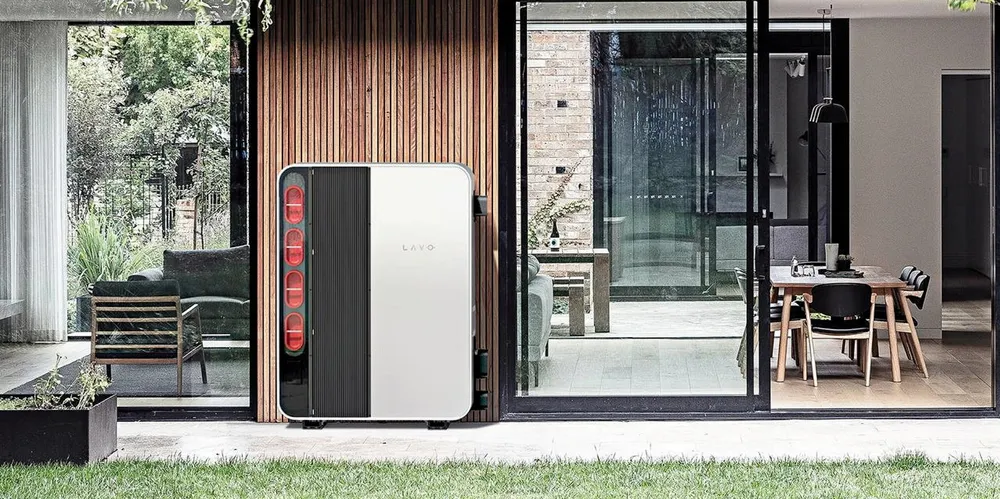Hydrogen battery start-up says it has $700m order backlog for utility-scale renewables projects
Australia’s Lavo has yet to build a factory for its systems, which store H2 in a patented solid metal hydride

An Australian start-up that has invented a $20,000 hydrogen battery for the home says it has lined up more than A$1bn ($692m) of orders for a utility-scale version of the system that is still in development.
It is said to be able to store enough energy to run the average Australian house for two days without recharging.
The company’s chief operating officer, Jacques Markgraaf, told local politicians at a “technical briefing” in New South Wales on Friday that Lavo had taken deposits on A$65m of orders for its 40kWh domestic unit from customers in 40 countries.
“It gives an owner of a solar or wind farm the opportunity to effectively increase your rate of return on that asset.”
But despite the fact that EOS is not even mentioned on the company website, Markgraaf added: “In the utility space, we have over a billion dollars of orders sitting there.
“For us this is clearly a massive priority to get this out on to solar farms.
“We've got commercial commitments to do that.”
To date, only prototypes of the Lavo domestic system have been built, and the company has not yet decided where to build a factory.
But Lavo technical director Darren Jones suggested that the production of the utility-scale units might be outsourced, saying that firms such as the manufacturer Varley — which built the prototypes in the Hunter region of New South Wales — were “very well placed” to build them.
Lavo, which was launched in October 2020, received A$5m from the New South Wales state government in January to expand its prototyping, testing and pilot manufacturing at Varley.